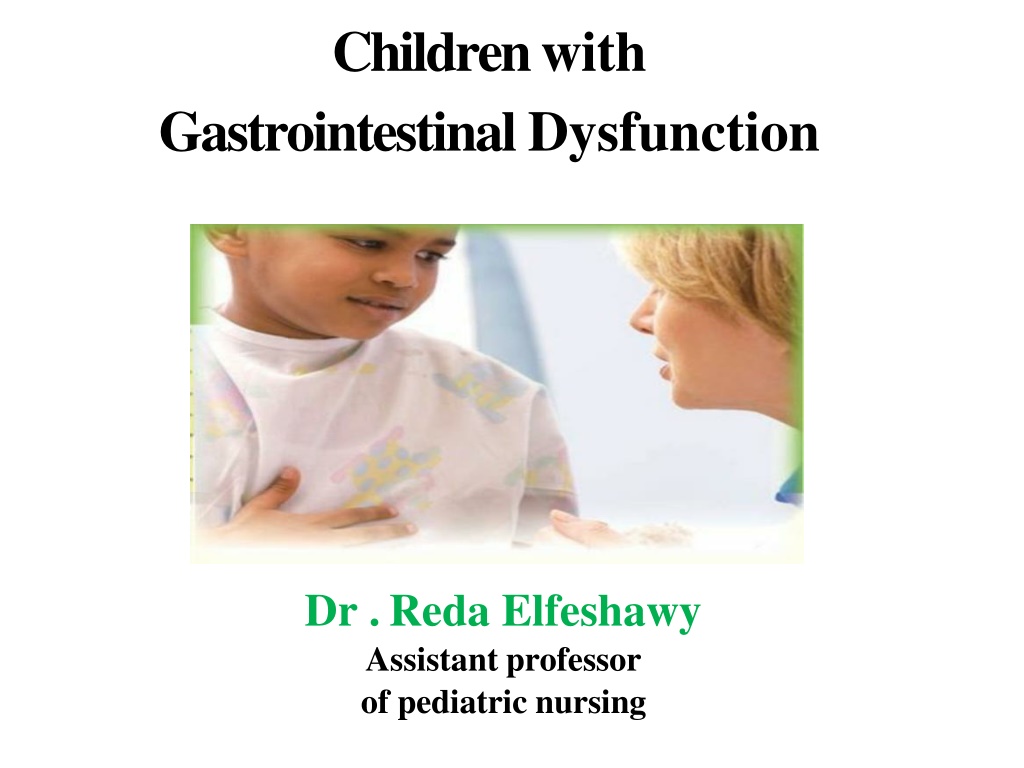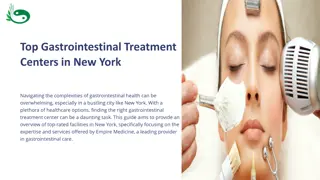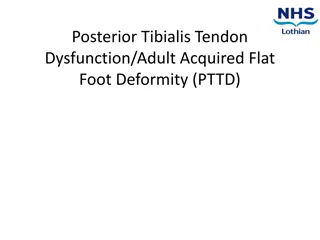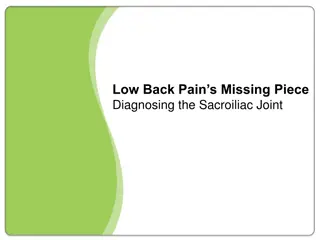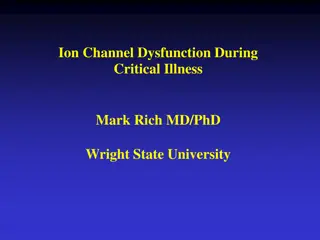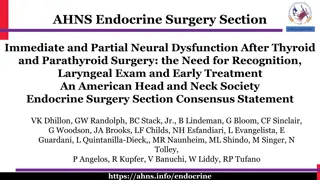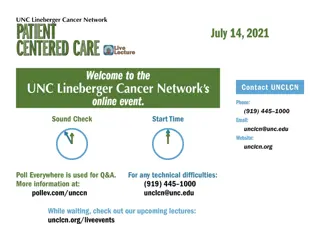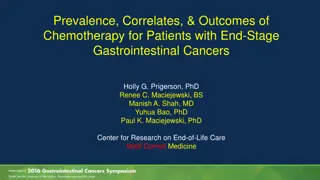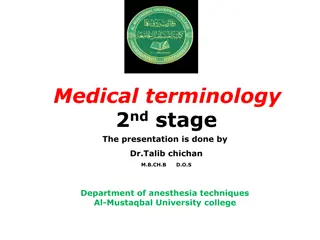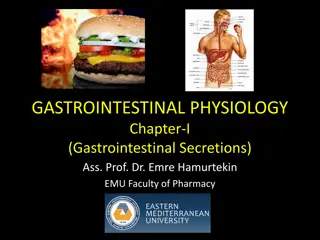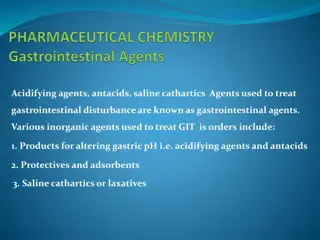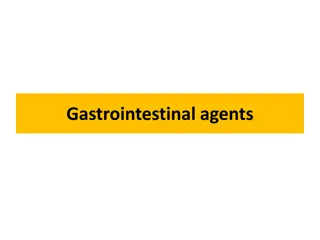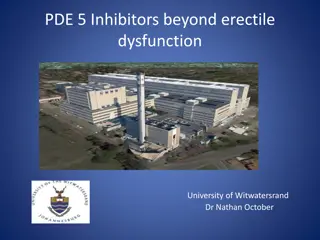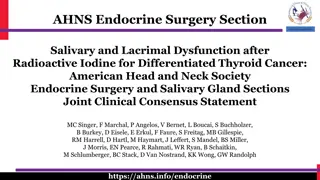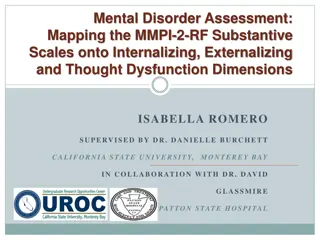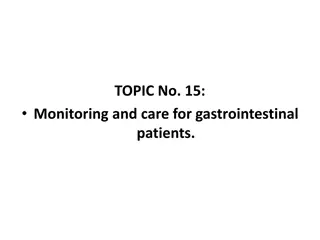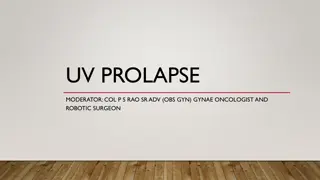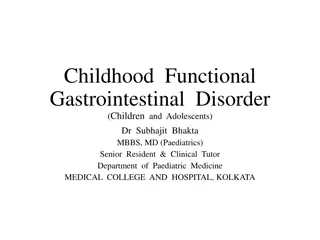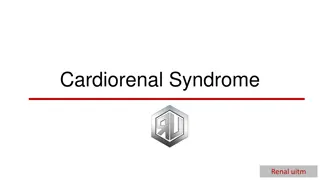Children with Gastrointestinal Dysfunction
Gastrointestinal dysfunction in children can lead to serious fluid and electrolyte imbalances, impacting their health. Learn about the anatomy, causes, and symptoms of GI disorders, including gastroenteritis. Discover more about the signs, symptoms, and management of conditions like diarrhea. Explore insights for assessing and diagnosing pediatric gastrointestinal issues to provide optimal nursing care.
Download Presentation

Please find below an Image/Link to download the presentation.
The content on the website is provided AS IS for your information and personal use only. It may not be sold, licensed, or shared on other websites without obtaining consent from the author.If you encounter any issues during the download, it is possible that the publisher has removed the file from their server.
You are allowed to download the files provided on this website for personal or commercial use, subject to the condition that they are used lawfully. All files are the property of their respective owners.
The content on the website is provided AS IS for your information and personal use only. It may not be sold, licensed, or shared on other websites without obtaining consent from the author.
E N D
Presentation Transcript
Children with Gastrointestinal Dysfunction Dr . Reda Elfeshawy Assistant professor of pediatric nursing
Outline Definition Signs and symptoms Causes Complication Assessment and diagnostic evaluation Therapeutic management Nursing diagnosis Nursing care management
Anatomy And Physiology The gastrointestinal (GI) system involves the area from the mouth to the anus and includes the organs responsible for digestion and elimination. The organs in this system include: Mouth pharynx Esophagus Stomach Small and large intestines Liver, gallbladder, and associated bile ducts Pancreas (Accessory digestive organs )
Gastrointestinal Dysfunction Disorders that impair the functional integrity of the GI system have the potential for causing serious alterations in fluid and electrolyte balance. Disorders that involve GI losses of large amounts of fluid, absorption disorders, inflammatory disorders, and decreased or excessive water intake have the potential for causing fluid and electrolyte imbalance in infants and children. Disorder involve the stomach and intestines (gastroenteritis), the small intestine (enteritis), the colon (colitis), or the colon and intestines (enterocolitis).
G GASTROENTERITIS ASTROENTERITIS
GASTROENTERITIS Is the inflammation of the lining of the stomach and small and large intestines. The most common cause of this disease is infection obtained from consuming food or water. A variety of bacteria, viruses, and parasites are associated with gastroenteritis. Gastroenteritis is a very common condition that causes diarrhea and vomiting.
Signs and symptoms of gastroenteritis Waterydiarrhea Abdominal cramping Vomiting Headache May have fever and chills Signs of dehydration depressed fontanels, lack of tears, poor skin turgor, lethargy Symptoms last from 1 to 2 days up to 10 days
Diarrhea Diarrhea is a symptom that results from disorders involving digestive, absorptive, and secretory functions of GIT. Diarrhea is classified as acute or chronic. Etiology most pathogens that cause diarrhea are spread by the fecal oral route through contaminated food or water or are spread from person to person where there is close contact (e.g., daycare centers). Lack of clean water, crowding, poor hygiene, nutritional deficiency, and poor sanitation are major risk factors, especially for bacterial or parasitic pathogens. Worldwide, there are an estimated 1.3 billion episodes of diarrhea each year. Approximately 24% of all deaths in children living in developing countries are related to diarrhea and dehydration.
Therapeutic Management The major goals in the management of gastroenteritis or acute diarrhea include (1) assessment of fluid and electrolyte imbalance (2) rehydration therapy (every 1/2 hour ORS) (3) maintenance fluid therapy (4) reintroduction of an adequate diet. If severe diarrhea or vomiting, may institute IV therapy Antibiotics may be administered if stool culture is positive. If patient is not dehydrated, care may be given at home. Moisturize lips with Vaseline. Keep perineal area clean and dry between diarrhea episodes.
FORMULA FOR FLUID MAINTENANCE 100 mL/kg for first 10 kg 50 mL/kg for next 10 kg 20 mL/kg for remaining kg Add together for total mL needed per 24-hour period. Divide by 24 for mL/hour fluid requirement. Ex. Thus, for a 23-kg child: 100 10 = 1,000 50 10 = 500 20 3 = 60 1,000 + 500 + 60 = 1,560 ml /day 1,560/24 = 65 mL/hour
Nursing Interventions Fluid Volume Deficit: 1.Monitor vital signs, intake, and output closely to assess fluid balance. 2.Encourage oral rehydration with clear fluids or oral rehydration solutions (ORS) to replace fluids and electrolytes lost through vomiting and diarrhea. 3.Administer intravenous fluids as prescribed to correct dehydration and maintain adequate hydration. 4.Assess for signs of severe dehydration, such as tachycardia, hypotension, or altered mental status, and promptly report to the healthcare team.
Imbalanced Nutrition: Less than Body Requirements: 1.Assess the patient s nutritional status, dietary intake, and weight changes. 2.Offer small, frequent meals of easily digestible foods, such as rice, toast, bananas, and yogurt, to provide nutrients and promote gradual refeeding. 3.Encourage the patient to consume clear liquids or easily digestible during the acute phase of gastroenteritis. 4.Provide education on the gradual reintroduction of regular foods, avoiding spicy or fatty foods that may exacerbate symptoms.
Risk for Infection: 1.Practice strict hand hygiene and adhere to infection prevention protocols. 2.Implement isolation precautions as indicated, particularly for patients with highly contagious or infectious gastroenteritis. 3.Educate the patient and caregivers about proper hand hygiene, including thorough handwashing with soap and water, to prevent the spread of infection.
Cleft Lip and Palate Cleft lip (CL) and palate (CP) is the most common congenital craniofacial anomaly, they may appear separately or, more often, together. It occurs frequently in association with other anomalies. CL results from failure of the maxillary and median nasal processes to fuse; CP is a midline fissure of the palate that results from failure of the two palatal processes to fuse. The incidence : occurring once in every 700births worldwide.
Cleft lip is a condition where there is a gap or split in the upper lip, often extending upward toward the nose. This gap can be small or extensive and may occur on one or both sides of the lip.
Cleft palate, on the other hand, is a condition where there is an opening or gap in the roof of the mouth (palate). This gap may extend from the front of the mouth toward the back, and it can vary in size and severity.
Clinical Manifestations The infant with cleft lip may have Difficulty suction for feeding and may also experience Excessive air intake. Gagging, choking, and nasal regurgitation of milk may occur in babies with cleft palate. Excessive feeding time, inadequate intake, and fatigue contribute to insufficient growth.
Complications of cleft lip and palate include feedingdifficulties altereddentition delayedor alteredspeech development, and otitismedia.
Therapeutic Management Treatment of the child with CL and CP involves the cooperative efforts of a multidisciplinary health care team. cleft lip should be repair surgically around the age of 2 to 3 months and cleft palate at 9 to 18 months. Management is directed toward closure of the cleft(s), prevention of complications, and facilitation of normal growth and development.
Nursing diagnosis Altered Nutrition: Less Than Body Requirements related to deficient oral intake and inability to suck effectively (preoperative CL/CP) or difficulty eating after surgical procedure (postoperatively) Risk for Altered Parenting related to infant with a highly visible physical defect Pain related to tissue trauma Risk for Trauma of the surgical site related to infant s hand-to-mouth activity Altered Family Processes related to child s hospitalization and surgical correction of phy sical defect
Nursing Care Management The immediate nursing care for an infant with CL/P deformities are related to feeding. In addition to Promoting Adequate Nutrition (preoperatively) Preventing Injury to the Suture Line (Postoperatively ) Encouraging Infant Parent Bonding Providing Emotional Support
Maintain adequate nutrition. Breastfeeding may be successful because the breast tissue may mold to close the gap; if the newborn cannot be breastfed, the mother s breast milk may be expressed and used instead of formula; a soft nipple with a cross-cut made to promote easy flow of milk may work well. Positioning. If the cleft lip is unilateral, the nipple should be aimed at the unaffected side; the infant should be kept in an upright position during feeding.
Tools for feeding. Cross-cut nipple, Lambs nipples (extra long, soft nipples or several extra holes.) and special cleft palate nipples molded to fit into the open palate area to close the gap may be used.
Promote family coping. Encourage the family to verbalize their feelings regarding the defect and their disappointment; serve as a model for the family caregiver s attitudes toward the child. Reduce family anxiety. Give the family information about cleft repairs; encourage them to ask questions and reassure them that any question is valid. Provide family teaching. Explain the usual routine of preoperative, intraoperative, and post-operative care; written information is helpful, but be certain the parents understand the information.
